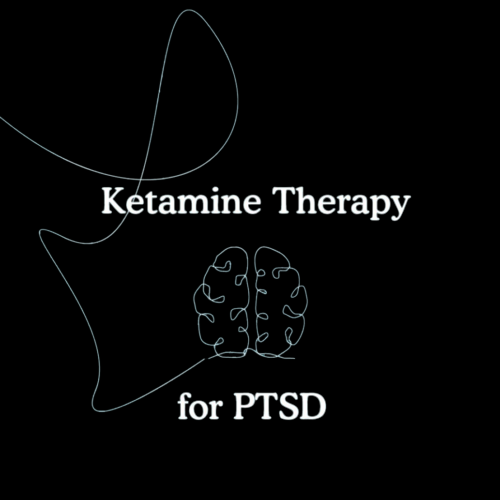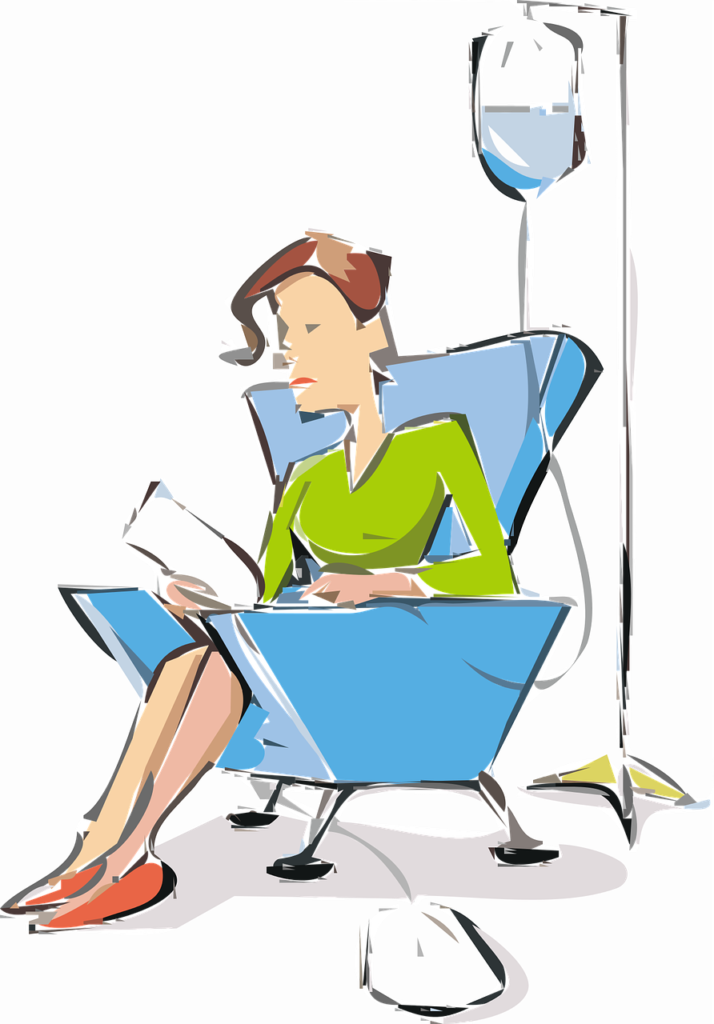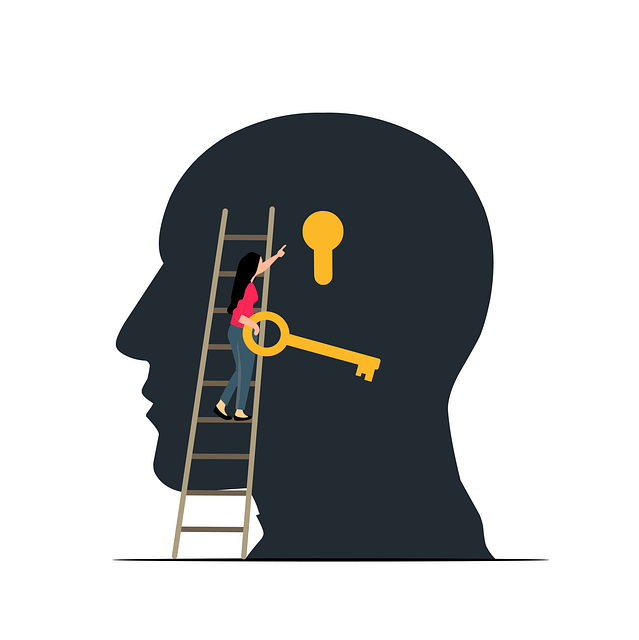Treatment modalities for mental health illnesses are grouped together of children under the phrase “behavioral therapy.” It is predicated on the notion that all behaviors are learnt and malleable.
This type of treatment seeks to pinpoint problematic or potentially self-destructive behaviors and offers assistance in changing them. Treatment plans frequently center on the problems of the present and how to solve them.
A variety of illnesses can be helped by behavioral treatment for children.
What Is Behavior Therapy?
Based on the premise that all children learn from their surroundings, behavior therapy is an action-based therapeutic method. In collaboration with the child’s parents, caregivers, and other pertinent adults, behavior therapists develop a plan of action that encourages good behavior and punishes bad behavior.
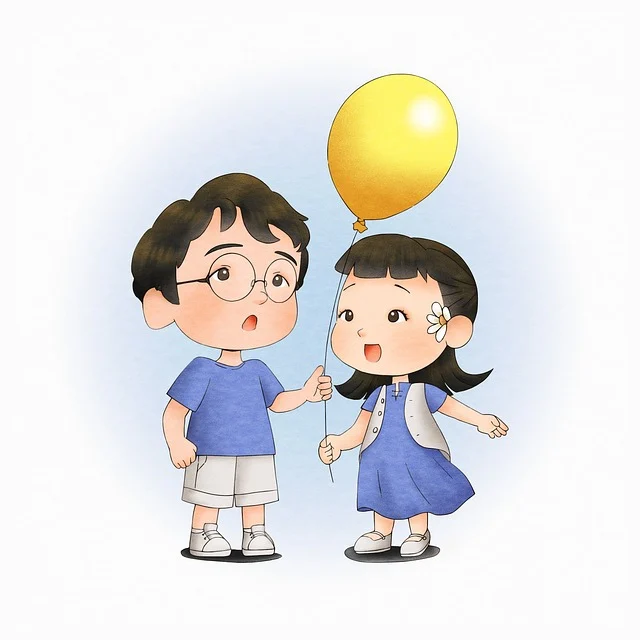
It’s not punishment that minimizes bad behavior, but rather the absence of reward. When something happens, like a tantrum before bed, it is disregarded, but going to bed without any resistance is applauded. Together, you and a behavior therapist will find and remove any potential causes of unfavorable conduct.
Behavior therapy can be used to treat or manage the following conditions:
- ADHD stands for attention deficit/hyperactivity disorder.
- Spectrum disorders associated with autism
- Disorders related to anxiety
- Depression
- Fears
- Anxiety disorders
- Disorders of disruptive conduct
Since adults are mostly in charge of following action plans. also identifying patterns, and assisting the kid in integrating the changes into their lives. behavior therapy frequently involves both the child and the adults in their lives.
Seven common Behavioral Therapy techniques
The methods used in child behavioral therapy will be customized to your family’s requirements, and a licensed therapist may assist you in selecting the most effective course of action. As a Colorado Springs cognitive and behavioral health facility, these are some of our most preferred methods:
1. Therapy based on cognitive behavior (CBT)
A sort of talk therapy called cognitive behavioral therapy assists clients in altering unfavorable thought and behavior patterns. Your youngster can learn how to think more positively and how their behaviors affect both themselves and other people by using cognitive behavioral therapy (CBT). CBT is most effective with kids who are able to reflect on themselves and discuss their difficulties.
CBT can assist kids with trauma, depression, ADHD, autism, and autism in processing the ideas and feelings that result in negative or destructive actions. For instance, a youngster diagnosed with ADHD can find it difficult to finish schoolwork on time. To modify the child’s behavior, a CBT therapist can assist the child in breaking down more complex tasks into manageable steps and keeping track of deadlines in a calendar.
2. DBT, or dialectical behavior therapy
DBT teaches kids how to control their behavior, handle strong emotions, and build enduring connections. It works especially well with kids who have tantrums or have trouble controlling strong emotions like sadness or rage.
DBT places a strong emphasis on the idea of mindfulness, training kids to observe their feelings without passing judgment on them.
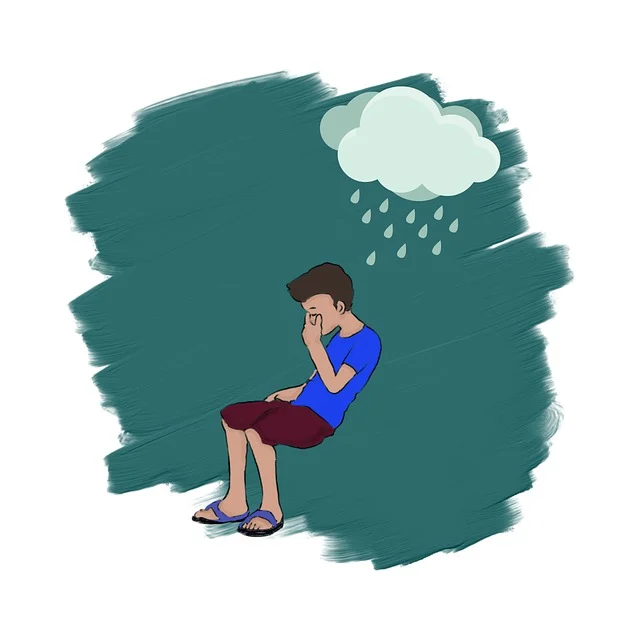
Additionally, DBT focuses on teaching kids coping mechanisms for emotionally taxing circumstances. For example, a youngster may be taught calming skills like deep breathing or counting if they are feeling disturbed by anything.
3. Treatment with Behavioral Activation (BAT)
BAT is an excellent tool for kids who are struggling with anxiety or despair. It is predicated on the idea that doing constructive things can help someone who is experiencing emotional difficulties change their perspective.
The best results from BAT typically occur when the activities are in line with the child’s values. For instance, if your child enjoys hanging out with friends but isn’t interested in messaging or going out, their therapist will assist them in taking concrete actions to make amends. Examining the activities your child is no longer engaged in and determining what may be causing them to engage in avoidance behaviors is an alternative strategy.
4. Play therapy centered on the child
For younger children who might not yet be able to verbally communicate their feelings, play therapy works best. Play therapy involves your child acting out scenes from their daily life with toys. They can develop good coping mechanisms and a feeling of emotional control as a result.
Play therapy is another tool your therapist can use to support your child’s trauma processing, self-esteem development, and problem-solving abilities. Children who can express their emotions via play and have a vivid imagination are the ideal candidates for this kind of therapy.
5. Counseling Families
Family therapy facilitates the creation of a healthy home environment for your child by assisting the whole family in cooperating. It can assist siblings of children with behavioral problems, teach parents better parenting skills, and enable all family members to express their needs in a secure and encouraging environment.
Family therapy also aids in determining environmental elements that can be causing your child’s problematic behaviors. For instance, the therapist can offer advice on conveying expectations if a parent finds it difficult to set consistent boundaries.
6. Behavior Analysis in Practice (ABA)
Positive rewards are used in applied behavior analysis, a scientifically grounded intervention, to mold and reinforce desired behaviors. For children with autism, ABA is very helpful since it teaches them social, verbal, and motor abilities that they wouldn’t acquire in the same way as their classmates.
The goal of ABA is to support children in gaining self-management, communication, and everyday life skills so they can grow up to be happier, healthier, and more independent. An ABA therapist will focus on addressing the triggers and reinforces of a problem behavior by closely monitoring its occurrences both before and after.
7. Therapy of Parent-Child Interaction
(PCIT) This therapy is aimed at enhancing parenting abilities and fortifying the bond between parent and kid. PCIT is intended to support parents in establishing clear guidelines for their children’s behavior and, when necessary, in enforcing suitable consequences.
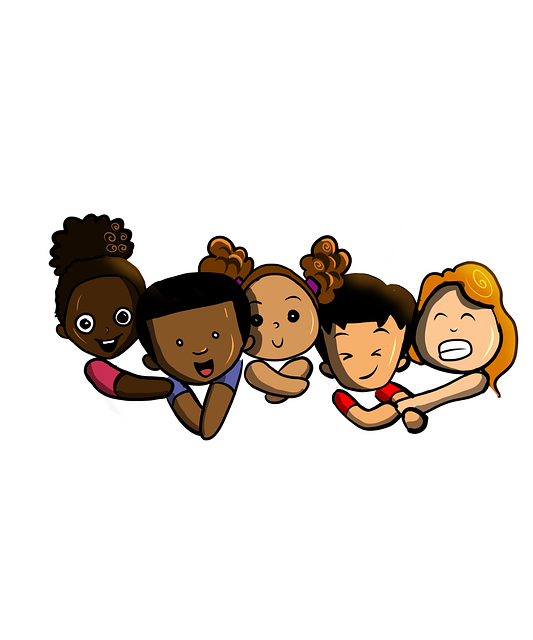
In close collaboration with the parent, the therapist watches how the parent engages with their child in a variety of situations and offers suggestions to help foster a more positive atmosphere. PCIT teaches parents how to handle their child’s tantrums and outbursts more skillfully. This kind of treatment is especially helpful for troubled families with little children.
Benefits of behavioral therapy
Whether it’s scheduled office visits or in-home behavioral therapy for kids, professional services can completely change the life of your child and family by giving you solid adult foundation and long-lasting coping methods. The following list of benefits of behavioral therapy:
1. Enhances Social Communication
Through the use of tools to enhance comprehension of emotions, gestures, and facial expressions, behavior therapy helps children develop their social abilities, which in turn leads to improved listening comprehension and social graces. With these abilities, your child can build stronger interpersonal bonds and feel more assured in their social skills, paving the way for a more fulfilling life.
2. Develops Skills for Independent Living
Programs for behavior therapy can help children become more capable of living on their own by teaching them how to handle everyday tasks like going to the restroom, interacting with others, and getting enough sleep. Your child will be better able to advocate for their own needs and avoid the traps of learned helplessness if they take charge of their own lives. This will also help them feel more confident about themselves.
3. Offers Resources to Help Parents Give Their Kids the Best Care Possible
A good behavior treatment program provides a solid structure that adults may implement into a child’s everyday routine at home and at school. For optimal results, families are advised to practice these therapeutic techniques outside of therapy sessions, even though a trusting relationship between the child and therapist is crucial.
By getting involved, parents are given the opportunity to become more than just caregivers—they become active participants in their child’s success and well-being.
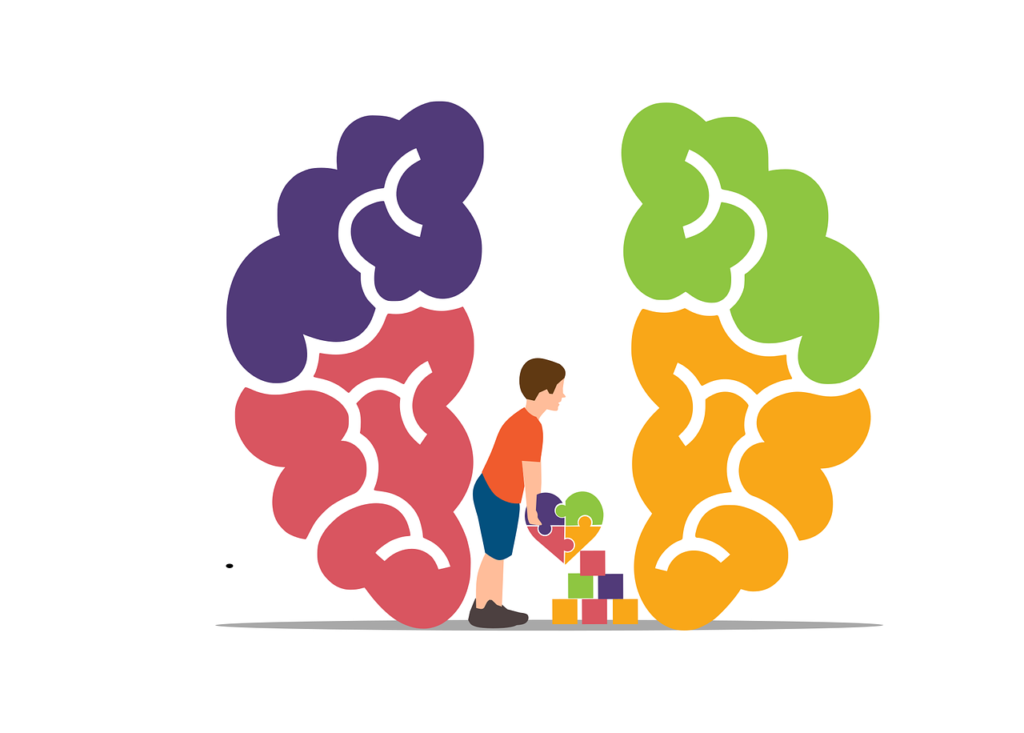
4. Formulates an Individualized Treatment Plan
Behavior therapy doesn’t have a universal fit. The therapist for your child will tailor their treatment plan to address your child’s unique needs and areas of concern following a comprehensive assessment and evaluation of their past. Since every child learns differently and has unique behavioral triggers, the only way to achieve real success is to tailor your approach to each individual child.
5. Strengthens Communication and Linguistic Abilities
Your child may experience increased focus and attention to promote healthy, non-disruptive social engagement with enhanced social skills, self-esteem, and self-care practices. They will be able to use and comprehend verbal and nonverbal clues to express themselves in complex settings, including sarcasm and implied social meanings, as well as improve their language and communication abilities.
Conditions for which CBT could be beneficial
For your child to benefit from CBT, they do not need to have a recognized mental health disorder. However, it can be quite helpful in treating some ailments like:
ADHD attention deficit hyperactivity disorder.
Youngsters with ADHD may find it difficult to remain still and may act impulsively. Even while there are drugs to treat this illness, they aren’t often the first or the only option.
Certain youngsters continue to experience symptoms after taking medication. According to research, some teenagers respond better to CBT in addition to medication.
Mood disorders and anxiety
It has been demonstrated that CBT is a successful treatment for mood disorders and anxiety in kids and teenagers.
A review from 2015According to Trusted Source, CBT is an efficient first-line treatment for anxiety disorders in children, with “substantial support” supporting this finding.
There might be a part for parents as well. According to a 2010 study, CBT with active parental involvement showed promise as a successful treatment for anxiety in patients aged 3 to 7. Even though there were only 37 kids in the trial, they improved significantly after 8.3 treatment sessions on average.
Autism spectrum disorder and anxiety
Anxiety is a common symptom among teenagers with high functioning autism spectrum disorder. A CBT program was created for preteens with autism spectrum disorders and clinical anxiety in a 2015 study (Trusted Source). The program’s main topics were:
- exposure to and
- questioning of false beliefs
- caregivers’ behavioral support
- components of autism spectrum disorder treatment
There were just 33 kids in the tiny research, ages 11 to 15. Parents stated that CBT reduced the intensity of their children’s anxiety symptoms.
PTSD and trauma
With both short- and long-term advantages demonstrated, cognitive behavioral therapy (CBT) is the first-line treatment for post-traumatic stress disorder (PTSD) in children and adolescents.
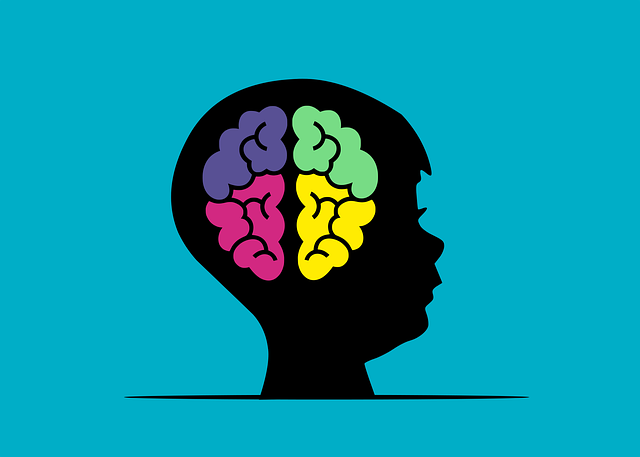
An analysis from 2011Significant improvement was observed during the 18-month and 4-year follow-ups, according to Trusted Source. Even for young children, CBT has been shown to be beneficial for both acute and persistent PTSD following a variety of traumatic events.
Moreover, CBT may be beneficial in treating:
- Teenage substance abuse
- bipolar illness
- depression
- eating disorders
- Obsessive-compulsive disorder (OCD)
- and obesity
- self-injury

